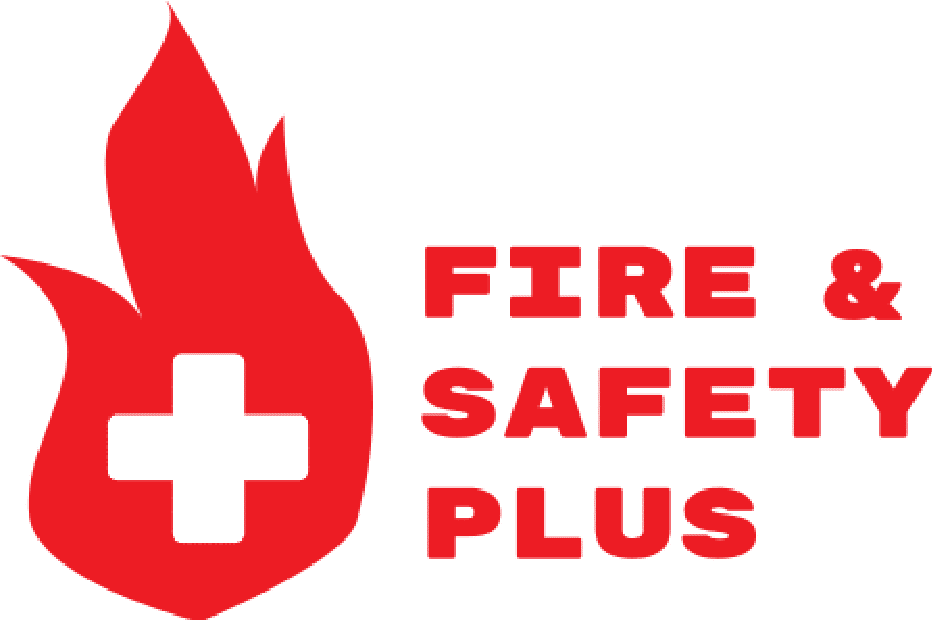Everything You Need to Know About Water Based Fire Extinguishers.
Fire safety is a critical aspect of protecting lives and property. Among the various types of fire extinguishers available, water-based fire extinguishers are one of the most common. In this blog post, we will delve into the details of water-based fire extinguishers, exploring their types, uses, benefits and limitations.
What Are Water-Based Fire Extinguishers?
Water-based fire extinguishers combat fires by using water as the primary extinguishing agent. They work by cooling the burning material and soaking the flames, effectively quenching the fire. These extinguishers are primarily used for Class A fires, which involve ordinary combustible materials such as wood, paper, cloth, and some plastics.
Types of Water-Based Fire Extinguishers
- Water Jet Extinguishers: These are the most basic type of water-based extinguishers. They release a powerful jet of water to cool and extinguish the fire. Water jet extinguishers are suitable for Class A fires and are commonly found in residential and commercial settings.
- Water Spray Extinguishers: Unlike water jet extinguishers, water spray extinguishers disperse water in a fine spray, increasing the surface area and cooling the fire more efficiently. They are effective for Class A fires and can be used in environments where a quick response is needed.
- Water Mist Extinguishers: These extinguishers produce a mist of water droplets, which helps to smother the fire by reducing the oxygen supply while simultaneously cooling it. Water mist extinguishers are versatile and can be used on both Class A and some Class B fires (flammable liquids). They are particularly useful in environments where electrical equipment is present, as the fine mist reduces the risk of electrocution.
- Water Additive Extinguishers: These extinguishers contain additives that enhance the water’s fire-fighting capabilities. The additives can include chemicals that improve the cooling effect or create a foam layer to smother the fire. Water additive extinguishers are effective for Class A fires and can sometimes be used on Class B fires.
How to Use a Water-Based Fire Extinguisher
Using a water-based fire extinguisher is straightforward if you follow the PASS technique:
- Pull the Pin: This unlocks the operating lever and allows you to discharge the extinguisher.
- Aim the Nozzle: Point the nozzle at the base of the fire. This is where the fuel source is located.
- Squeeze the Lever: Squeeze the lever slowly and evenly to release the water. If you release the lever, the discharge will stop.
- Sweep from Side to Side: Sweep the nozzle from side to side at the base of the fire until it appears to be out. Ensure that you are at a safe distance from the fire while doing this.
Maintaining Water-Based Fire Extinguishers
Proper maintenance of water-based fire extinguishers ensures they remain functional and ready for use in an emergency. Here are some maintenance tips:
- Regular Inspections: Check the extinguisher monthly to ensure it is not damaged and the pressure gauge is in the operable range.
- Annual Professional Servicing: Have the extinguisher serviced by a qualified professional annually. They will check for any issues and refill or replace the extinguisher if necessary.
- Hydrostatic Testing: Water-based extinguishers should undergo hydrostatic testing every 5 to 12 years, depending on the manufacturer’s guidelines. This test ensures the extinguisher can withstand the pressure when in use.
- Proper Storage: Store the extinguisher in an accessible location, free from extreme temperatures and humidity, which can affect its performance.
- Refill After Use: If you use the extinguisher, even partially, it should be refilled or replaced immediately to ensure it is ready for the next emergency.
Advantages of Water-Based Fire Extinguishers
- Non-Toxic and Environmentally Friendly: Water is a natural extinguishing agent, making these extinguishers safe for use in various settings without posing health risks or causing environmental harm.
- Cost-Effective: Water-based fire extinguishers are relatively inexpensive compared to other types of extinguishers, making them a cost-effective option for fire safety.
- Easy to Use: These extinguishers are simple to operate, making them accessible for individuals without specialized training.
- Effective for Common Fires: Since Class A fires are the most common type of fire, water-based extinguishers are effective for the majority of fire incidents.
Limitations of Water-Based Fire Extinguishers
- Not Suitable for All Fire Classes: Water-based extinguishers are ineffective against Class B (flammable liquids), Class C (flammable gases), and Class D (metal) fires. Using water on these types of fires can be dangerous and exacerbate the situation.
- Electrical Hazards: Water conducts electricity, making water-based extinguishers unsuitable for fires involving live electrical equipment unless specifically designed as water mist extinguishers.
- Freezing Risk: In cold environments, water-based extinguishers can freeze, rendering them unusable. Proper storage and maintenance are essential to prevent this issue.
- Potential for Water Damage: While effective at extinguishing fires, the use of water can cause collateral damage to property, particularly in settings with sensitive equipment or documents.
Water-based fire extinguishers are a vital tool in fire safety, offering an effective solution for combating Class A fires. Their simplicity, cost-effectiveness, and environmental benefits make them a popular choice for homes, offices, and public spaces. However, it is crucial to understand their limitations and ensure that other types of extinguishers are available for different classes of fires. By selecting the right fire extinguisher, using it correctly, and maintaining proper fire safety protocols, we can significantly reduce the risk of fire-related incidents and protect lives and property.
